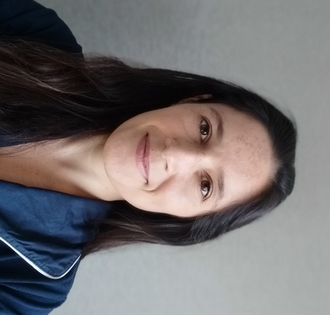Molecular intervention of SARS-CoV-2 drug targets as potential therapy for COVID-19
The COVID-19 pandemic has highlighted the need to quickly and reliably prioritize clinically approved compounds for their potential effectiveness for SARS-CoV-2 infections. I will present here a set of deployed algorithms relying on artificial intelligence, network diffusion, and network proximity, tasking each of them to rank 6,340 drugs for their expected efficacy against SARS-CoV-2. To test the predictions, we used as ground truth 918 drugs experimentally screened in VeroE6 cells, as well as the list of drugs in clinical trials that capture the medical community’s assessment of drugs with potential COVID-19 efficacy. Even though all methods have high predictive power, the consensus of those methods increase the hit rate to 62%, in contrast to the usual 0,8% when non targeted screenings. We also find that 76 of the 77 drugs that successfully reduced viral infection in VeroE6 cells do not bind the proteins targeted by SARS-CoV-2, indicating that these drugs rely on network-based mechanisms that cannot be identified using docking-based strategies. These advances offer a novel methodological pathway to identify repurposable drugs for future pathogens and neglected diseases underserved by the costs and extended timeline of de novo drug development.



